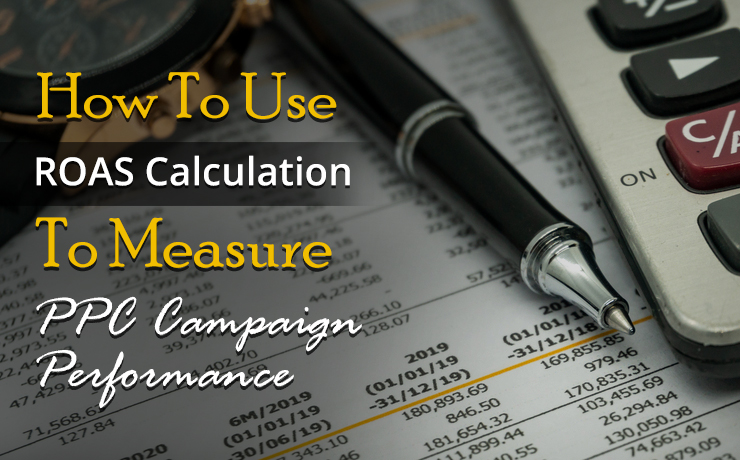
Pay-Per-Click (PPC) campaigns are an important part of any digital marketing strategy but tracking and measuring the effectiveness of your campaigns can be challenging. That’s where Return on Ad Spend (ROAS) can help. ROAS is a type of calculation that measures how much revenue you receive for every dollar you spend on advertising and is a powerful tool for assessing the performance of PPC campaigns. Here are some tips on how to use ROAS calculations to measure PPC campaign performance.
Choose The Metrics You Want To Track
Before you start using ROAS, it’s important to choose the metrics you want to track. There is no ‘one size fits all’ when it comes to ROAS measurements, so you will need to decide what metrics are most relevant for your goals. For instance, if your goal is to increase website traffic from a particular ad campaign, then tracking the number of visitors who reach your website from that ad would be a good metric to include in your ROAS calculation.
Establish Your PPC Marketing Goals
Once you have identified the metrics that are important for your goals, set targets for each metric before launching your campaign. This will provide an objective way to measure whether or not the campaign was successful once it has been completed.
Calculate Your PPC Advertising Costs
The next step in calculating ROAS is to calculate the cost of each ad placement and impression served by the PPC provider. This includes determining how much budget was allocated per day, ad group and keyword as well as calculating CPC (cost per click). Before launching a new PPC campaign, be sure these costs are accurate as they will affect the accuracy of your calculated ROAS results.
Track Revenue Generated From The PPC Campaign
Finally, after tracking traffic and clicks from each PPC source throughout your campaigns’ running time period(s), track how much revenue was generated from source during this time frame. When taking into account refunds or invalid purchases related to promotional activities during this period should help provide an accurate estimate for total sales generated from each individual source. Calculating refunds using unique systems can also help avoid double counting refunds which could skew sales totals and influence ROAS outcomes over long periods of time when sources may become under/overvalued while still present in reporting data sets.
Calculate Your Return On Ad Spend (ROAS)
To calculate your Return on Ad Spend (ROAS) for a PPC campaign, divide the revenue generated by the campaign by the total cost of the campaign. The resulting number is the ROAS expressed as a ratio or percentage.
For example, if a campaign generated $10,000 in revenue and the total cost of the campaign was $5,000, the ROAS would be 2 (or 200%). This means that for every dollar spent on the campaign, $2 in revenue was generated.
ROAS = Revenue / Ad Spend
It’s important to note that to calculate your ROAS, you will need to track and measure both your revenue and your ad spend. This data can typically be found in your PPC platform’s reporting or analytics tools.
 Free
Consultation
Free
Consultation Free
Google Ads Audit
Free
Google Ads Audit








